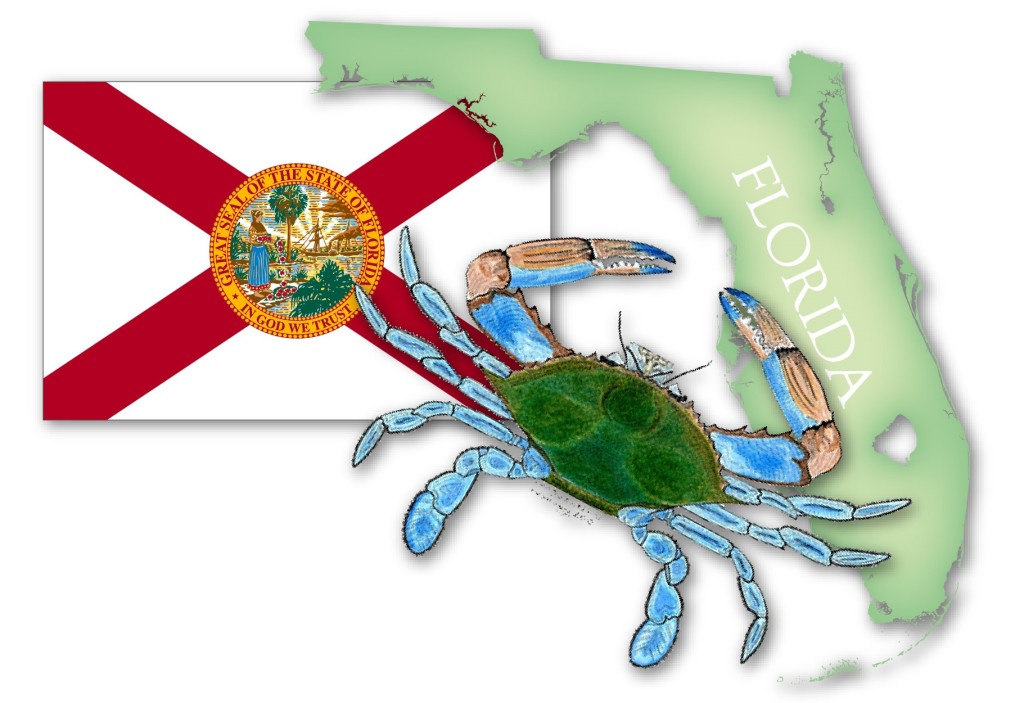The blue crab fishery has been a part of the Gulf of Mexico seafood industry since at least the late 1800s, , with early gear types including dip nets, drop nets, and trot lines. Louisiana and New Orleans were the center of development for the commercial blue crab fishery, with fishermen bringing crabs to New Orleans to supply the French Market and local restaurants (Perry et. al. 1984). The first processing plant for Louisiana crab meat was built in Morgan City in 1924, and an additional six plants were added by 1931. The first plant in Florida was built in Apalachicola in 1930 (Steele and Bert 1998). Commercial harvest of hard crabs increased gradually until the 1970s, at which point it accelerated sharply through the 80s, when the highest-ever commercial landings of crab were reported across the region, except in Mississippi, and Gulf-wide total landings peaked in 1988 at 79 million pounds (Guillory, Perry and VanderKooy 2001).
Historically, blue crabs were harvested with dip nets. The 1950s saw an increase in trotlines, drop nets, otter trawls and pots, each of which were used with varying intensity from 1950 until the 1980s, when traps became the dominant gear (Guillory, Perry and VanderKooy 2001). Currently, blue crabs are harvested almost exclusively with wire traps.
Previous: Predation Next: History of Florida Blue Crab Fishery




